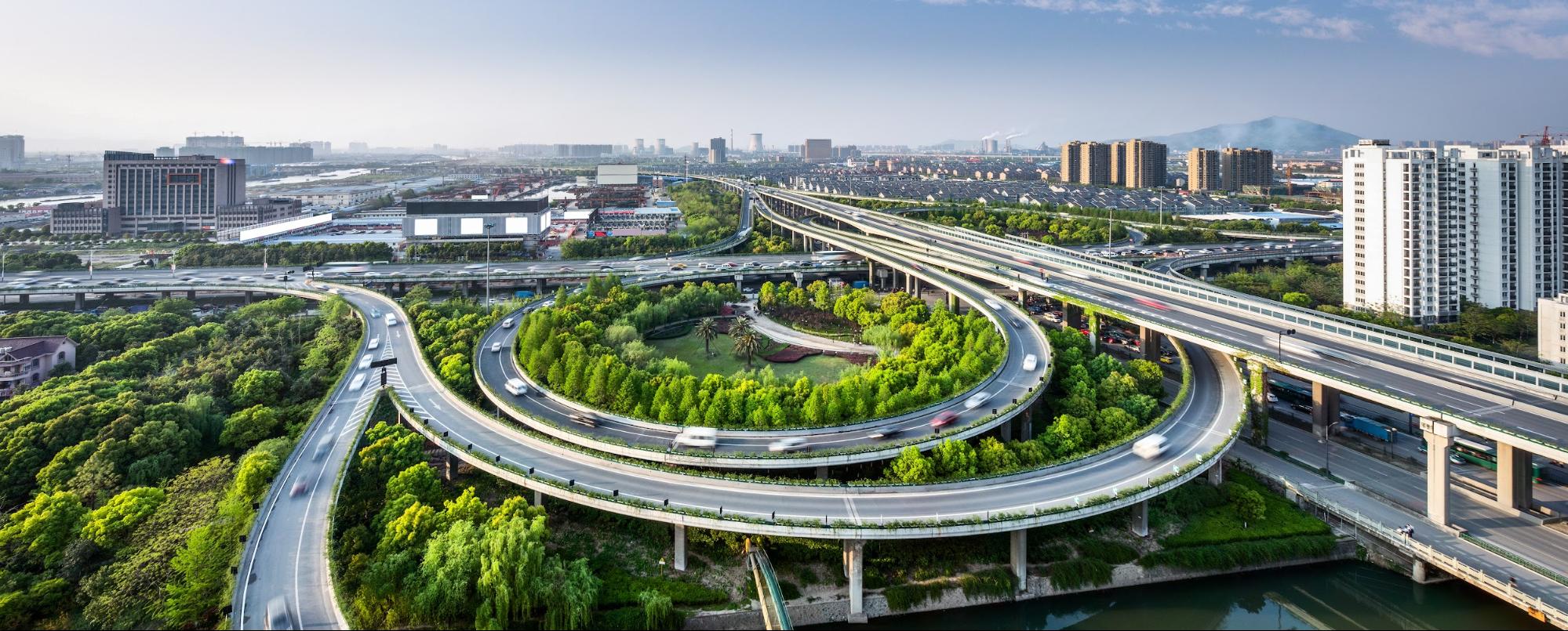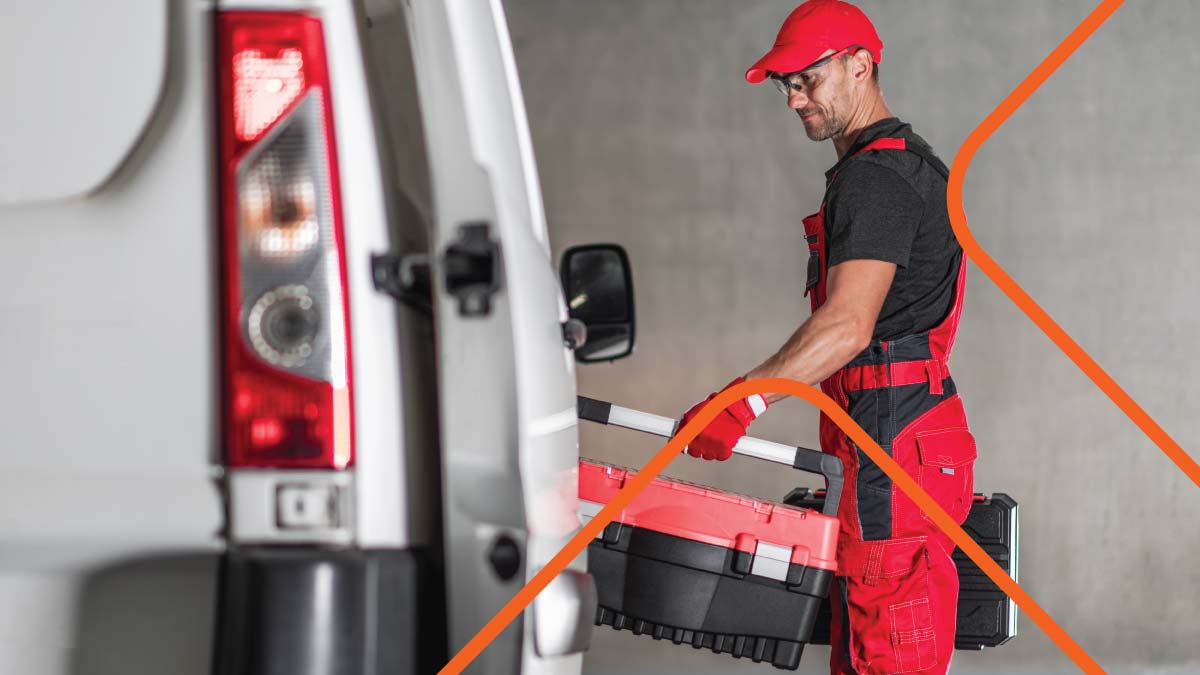For professionals who spend a significant amount of their day on the road, such as sales representatives, delivery drivers, and field technicians, the concept of “windshield time” is all too familiar. Windshield time refers to the time spent driving between locations, which can significantly impact productivity. In this article, we will explore the concept of windshield time, its effects on productivity, strategies to reduce it, and the benefits of minimizing windshield time and overcoming challenges in the process. By implementing these strategies, businesses can maximize productivity and improve overall efficiency.
Understanding the concept of windshield time
Before exploring strategies and solutions, it’s important to establish a clear understanding of windshield time. Windshield time refers to the time spent in transit between different work locations, such as client meetings, service calls, or deliveries. It encompasses the time spent on the road, stuck in traffic, and searching for parking. While driving is a necessary part of many professions, excessive windshield time can eat into valuable working hours, resulting in reduced productivity.
The impact of windshield time on productivity
The impact of windshield time on productivity is multifaceted. Firstly, the time spent driving means less time available for actual work. Instead of completing tasks or engaging in productive activities, employees are stuck behind the wheel, unable to contribute to their primary responsibilities. To make matters worse, prolonged periods of windshield time can lead to fatigue and decreased attention, affecting overall focus and performance during work hours.
The hidden costs of excessive windshield time
Excessive windshield time also comes with hidden costs that can negatively impact both the employee and the company. Increased mileage can skyrocket fuel expenses, reducing businesses’ profitability. Time spent on the road also means less time available for personal activities, leading to increased stress and a decreased work-life balance for employees.
Excessive windshield time can also have detrimental effects on physical and mental health. Sitting for extended periods while driving can contribute to a sedentary lifestyle, increasing the risk of obesity, heart disease, and other health issues. Additionally, the stress of navigating through traffic and dealing with road rage can take a toll on an employee’s mental well-being, leading to increased levels of anxiety and frustration.
Unsurprisingly, excessive windshield time can have an adverse environmental impact. Increased fuel consumption and vehicle emissions contribute to air pollution and climate change. As organizations strive to become more environmentally conscious, reducing windshield time can significantly minimize their footprint and promote sustainable strategies.
Fortunately, several strategies can help businesses minimize windshield time and maximize productivity. Organizations can optimize their operations and achieve better time management by implementing these strategies.
Reducing windshield time is not just about saving time on the road but also about improving overall efficiency and reducing costs. Let’s explore a few additional strategies that can further enhance these benefits.
Efficient route planning
One of the most effective ways to reduce windshield time is through efficient route planning. Businesses can significantly reduce the time spent on the road by optimizing routes and minimizing detours. Using GPS and route planning tools can help identify the most efficient routes while considering traffic patterns and other variables.
Businesses can go a step further by analyzing historical data and using predictive analytics to anticipate traffic congestion and plan alternative routes. This proactive approach can save valuable time and ensure timely deliveries or appointments.
Leveraging technology for better time management
Technology plays a crucial role in reducing windshield time and improving time management. Mobile apps and software solutions can streamline workflows, automate tasks, and provide real-time updates on traffic conditions. By leveraging technology, businesses can save time, increase efficiency, and minimize the need for unnecessary travel.
Businesses can explore the use of advanced technologies such as geofencing and automated scheduling systems. Geofencing allows businesses to set virtual boundaries and receive notifications when employees enter or exit specific areas. This can help optimize routes and ensure employees are always on the most efficient path.
The role of remote work in minimizing windshield time
Remote work has become increasingly prevalent in recent years and presents an excellent opportunity to reduce windshield time. By allowing employees to work remotely whenever possible, businesses can eliminate the need for travel. Video conferencing, online collaboration tools, and remote access to resources can facilitate effective communication and collaboration without the need for face-to-face interaction.
Businesses can consider implementing flexible work schedules that allow employees to work during off-peak hours. This can help avoid rush hour traffic and reduce the time spent on the road. By embracing remote work and flexible schedules, businesses can reduce windshield time and enhance work-life balance and employee satisfaction.
By implementing these additional strategies, businesses can optimize operations, reduce costs, and improve overall productivity. The key lies in leveraging technology, embracing remote work, and continuously seeking innovative solutions to minimize windshield time.

Benefits of minimizing windshield time
The benefits of minimizing windshield time extend beyond simply reducing time spent on the road. By implementing strategies to minimize windshield time, businesses can unlock several advantages contributing to overall productivity and success.
One significant advantage of reducing windshield time is its positive impact on the environment. By reducing unnecessary travel, companies can decrease their carbon footprint and contribute to a healthier planet. This environmentally conscious approach benefits the company’s reputation and aligns with global efforts to combat climate change.
Increased employee productivity
Reducing windshield time allows employees to focus more on their core responsibilities and spend less time traveling. This increased focus and productivity can lead to greater efficiency in completing tasks and meeting deadlines. Employees can dedicate more time to essential work with fewer interruptions and distractions, resulting in improved overall performance.
Employees can reduce stress associated with long commutes by minimizing windshield time. This stress reduction can lead to higher job satisfaction, improved mental well-being, and enhanced employee morale. A workforce that is less tired and more content is likely to be more engaged and motivated, ultimately benefiting the company’s bottom line.
Cost savings for the company
Minimizing windshield time translates into cost savings for businesses. Reduced fuel consumption and mileage result in lower operational expenses. Additionally, by optimizing routes and schedules, businesses can allocate resources more efficiently, reducing overhead costs and potentially increasing profitability.
Improved work-life balance for employees
Excessive windshield time can negatively affect employees’ personal lives, leaving them with limited time for family, hobbies, and self-care. By minimizing this time spent on the road, businesses can improve their employees’ work-life balance, leading to higher job satisfaction and increased employee retention.
Overcoming challenges in reducing windshield time
While the benefits of minimizing windshield time are clear, it’s essential to acknowledge and address the challenges that may arise during the process. By proactively tackling these obstacles, businesses can streamline operations and enhance efficiency.
One additional challenge that organizations may encounter when aiming to reduce windshield time is vehicle maintenance and breakdowns. Unexpected mechanical problems can lead to delays and disruptions in travel schedules, impacting productivity. To combat the challenge of unexpected mechanical problems, businesses can implement regular vehicle maintenance checks and develop contingency plans for emergencies. Companies can minimize the risk of breakdowns affecting windshield time by prioritizing vehicle upkeep and preparedness.
Dealing with unpredictable traffic conditions
Traffic conditions can be unpredictable and can significantly impact travel times. Businesses can utilize real-time traffic updates and adjust routes and schedules accordingly to avoid technicians spending needless time stuck in traffic. By staying informed and proactive, organizations can minimize the impact of traffic on windshield time.
Another factor to consider when addressing traffic conditions is the potential for road construction and detours. Construction projects can lead to unexpected road closures and diversions, causing delays in travel time. Businesses can avoid these challenges by monitoring local construction updates and incorporating alternative routes into their planning. Organizations can navigate construction-related obstacles and maintain efficient windshield time by being proactive and adaptable.
Managing client expectations and schedules
Reducing windshield time may require adjusting client expectations and schedules. Open and transparent communication with clients is crucial in setting appropriate travel time and availability expectations. Businesses can mitigate potential conflicts and ensure smooth operations by effectively managing these expectations.
Businesses may encounter challenges related to last-minute client requests and changes in appointments, which can impact planned routes and schedules. Flexibility and clear communication are key to handling these situations effectively. By maintaining open lines of communication and being adaptable to client needs, organizations can navigate unexpected changes while still optimizing windshield time.
Ensuring effective communication despite reduced face-to-face interaction
Minimizing windshield time often means reducing face-to-face interaction with clients and colleagues. Businesses can leverage technologies such as video conferencing, instant messaging, and project management tools to facilitate effective communication and collaboration. Regular check-ins and clear communication channels are crucial in maintaining strong relationships and effective teamwork.
In addition to technological solutions, businesses can also explore creative ways to maintain personal connections with clients and colleagues despite reduced face-to-face interactions. Sending personalized emails, scheduling virtual coffee meetings, and organizing team-building activities can foster relationships and strengthen communication bonds. By combining technology with personalized touches, organizations can overcome the challenges of reduced in-person interactions while still promoting effective communication and collaboration.
Conclusion
Minimizing windshield time is essential for maximizing productivity and efficiency. By understanding the concept of windshield time, implementing strategies to reduce it, and overcoming associated challenges, businesses can optimize their operations and achieve better time management. The benefits of minimizing windshield time extend to increased employee productivity, cost savings for the company, and improved work-life balance for employees. Businesses can minimize windshield time by prioritizing effective route planning, leveraging technology, and embracing remote work opportunities.
Minimizing windshield time is critical for businesses to enhance productivity and operational efficiency, particularly for those reliant on mobile workforces. Field Nation empowers companies to effectively reduce travel times and costs by connecting them with skilled technicians in their desired geographies.







